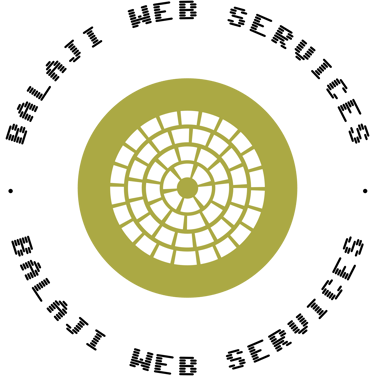Digital Portfolio


A digital portfolio is an online compilation of a person's accomplishments, experiences, and abilities presented in an aesthetically pleasing and easily navigable manner. Professionals from many different industries, including writing, photography, and design, utilize it to showcase their work to prospective employers, partners, and clients.
One of the many advantages of having a digital portfolio is that it allows you to present your work to a worldwide audience, which increases your exposure and professional reach. It gives prospective customers, companies, or partners a consolidated, easily accessible platform to display your accomplishments, projects, and abilities. A well-designed portfolio highlights your experience and adaptability and contributes to credibility and confidence. It makes changes simple and guarantees that your most current and pertinent work is always at the forefront. A digital portfolio can also increase your search engine presence, which will make it simpler for potential clients to find you. All things considered, it's a really effective tool for networking, job promotion, and personal branding.
Designing an attractive format for your online portfolio requires a simple and organized layout that highlights user-friendly navigation and aesthetic appeal. Begin with a uniform theme, incorporating a cohesive color palette and typography that represents your brand identity. Make sure all visuals are sharp and professionally presented, as high-quality images are crucial. Arrange your work into categories or sections for easy navigation and utilize white space efficiently to prevent overwhelming the audience. User experience can be improved by including interactive features like hover effects and clickable project thumbnails. Furthermore, provide in-depth explanations for each assignment, outlining your responsibilities, the steps involved, and the results achieved, to provide a richer understanding. Make sure your design is compatible with mobile devices to offer a smooth viewing experience on all screens. Finally, incorporate interactive components such as reviews, success stories, and a personal section to develop a comprehensive and engaging portfolio.
For a successful digital portfolio, be selective and only include work that showcases your best skills and aligns with your career goals. Maintain professionalism by ensuring your portfolio is free of errors and typos. Design with a clean, consistent layout that highlights your work without overwhelming the viewer. Incorporate high-quality images and detailed descriptions for each project, explaining your role and the outcomes. Show your unique style and personality through your design and content to make your portfolio stand out. Ensure mobile responsiveness for accessibility on all devices. Regularly update your portfolio with new projects and achievements to keep it current. Lastly, seek feedback from peers or mentors to make continual improvements based on their suggestions.
Contact
contact@baos.in
© www.baos.in 2024. All rights reserved.
Quick Links
Call : 09629451110
